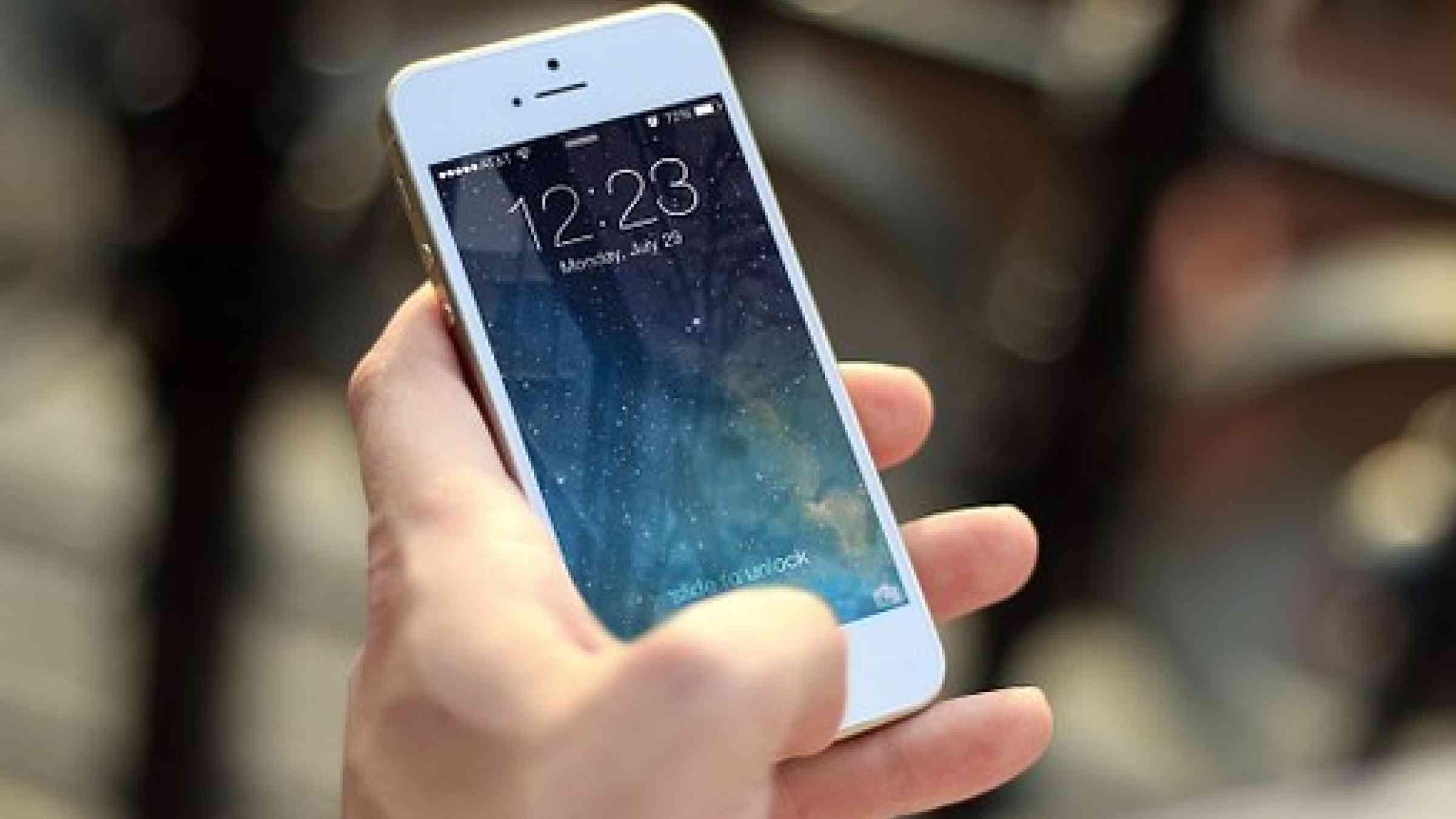Connection not lost: how the next generation of mobiles could help us against disasters

In the last 20 years we have witnessed a revolution in the use of mobile phones. At the beginning, with the first-generation technology (1G), we were only able to make calls. Then 2G came along, and with it, SMS. When 3G appeared, data exchange became a must, and we started sharing WhatsApps, pictures and afterwards connection became so fast with 4G that allowed us to watch even HD videos on our phones wherever we were.
But all these technologies, no matter how fast they are, have one common issue: they rely heavily on the antennas that we see in top of buildings. These are the weak links in the chain that unites your mobile to the person or server you’re reaching. Your data goes from our phone directly to the antenna, that sends the message through a network of routers, nodes and repeaters until the message reaches the recipient. But during a disaster, these antennas could be damaged, leaving entire zones without service.
But what if we could structure the mobile network in a different way? That is one of the features of 5G, the next generation of mobile communication. It’s called device-to-device communication, and it enables devices like smartphones and wearables to send and receive data from other devices directly, without intermediates. Although 4G can already use this type of communication, it remains restricted to the devices used by emergency responders. 5G will bring device-to-device to the commercial devices for the first time.
During a disaster such as an earthquake, a flood or a fire, this could be crucial. Authorities could send alertsdirectly to the citizens. Or instructions for evacuation. Even receive requests for help from troubled citizens. These vital messages could hop from device to device, reaching the citizens in the affected area, even if the mobile network is down. All that would be needed is a starting point, from where to send the initial message. They are called relay nodes, and they could be placed almost everywhere. They could be static, like the current mobile antennas. Or they could be placed in top of ambulances and other emergency vehicles, so when they reach the affected places, they can also gather information and send alerts. They could be even set up in the top of drones, to provide service to the people underneath, while scouting dangerous areas.
That’s why at I-REACT, our partners at Politecnico di Torino are researching how to adapt this new technology to the project, to develop a resilient, useful system that will be able to work in the years to come.
5G is near. Just in December 2017, the 3GPP approved a universal standard on this technology. And the common agreement among telecommunications providers is that the service will break into the market soon. So, stay tuned to this new technology that will allow you to stay tuned, even if a disaster occurs.